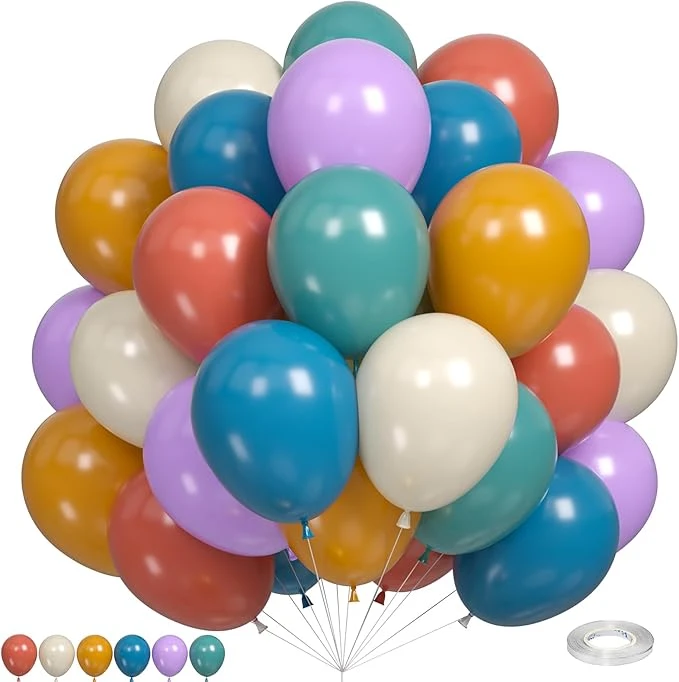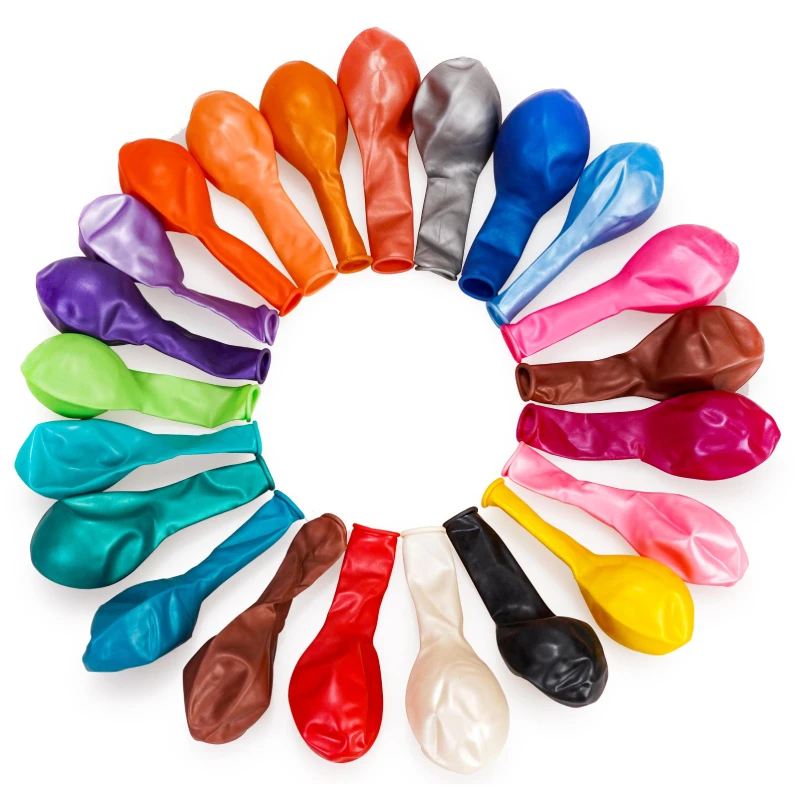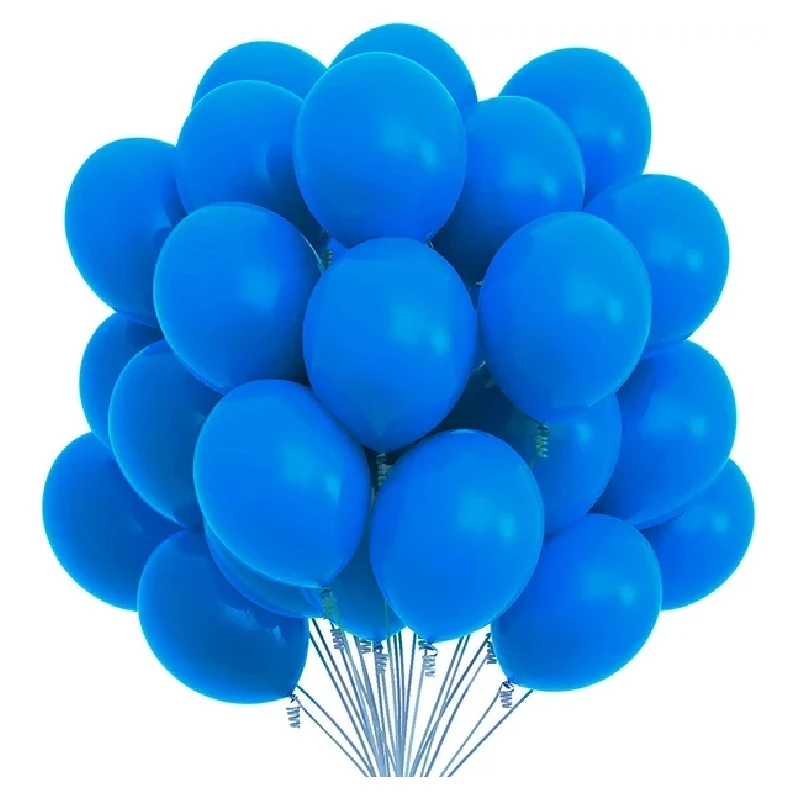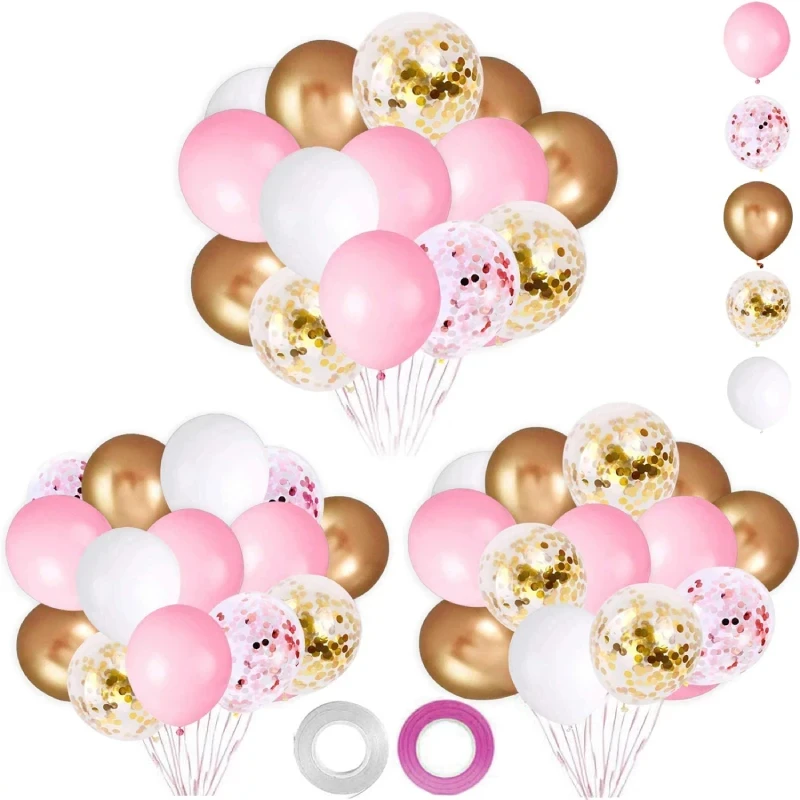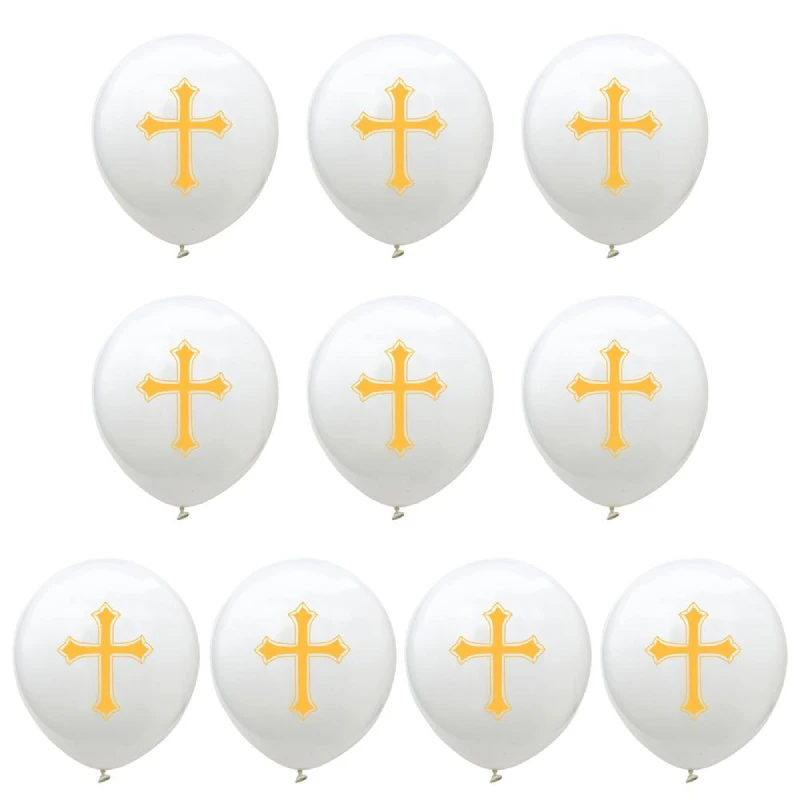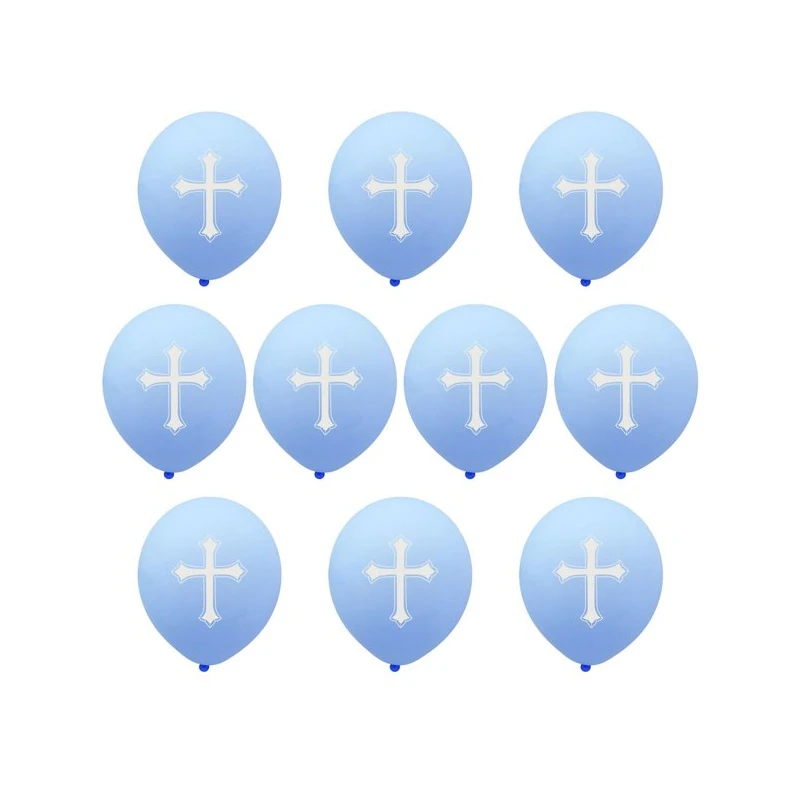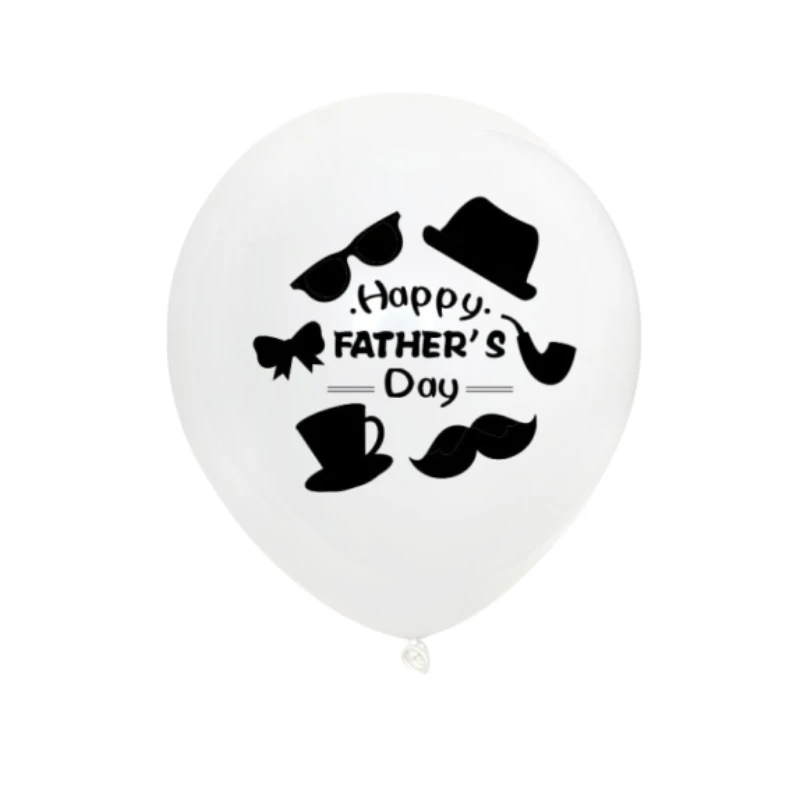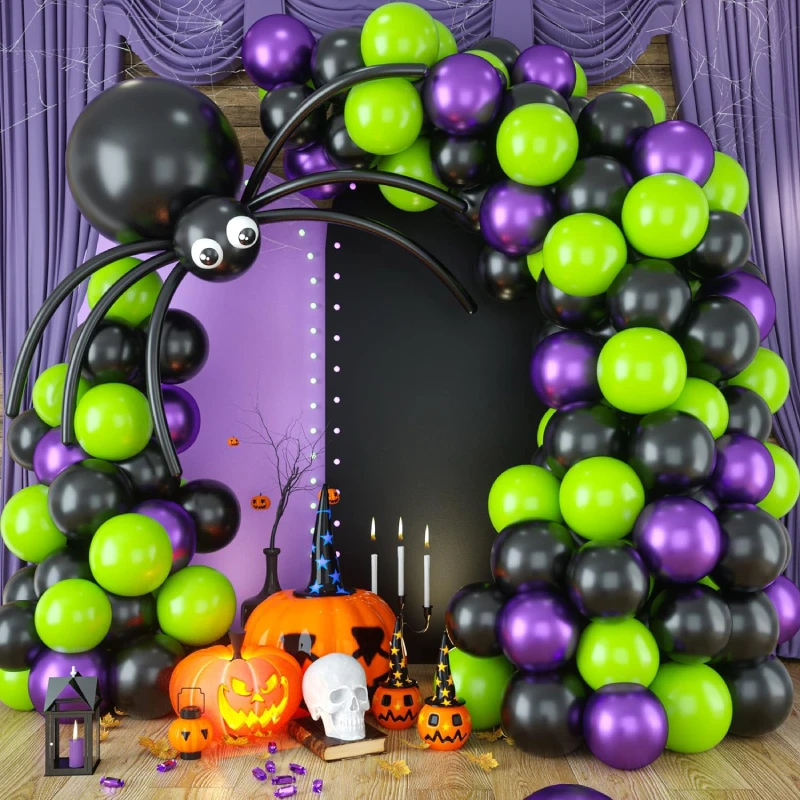Standard Balloon: AI-Powered Solutions | GPT-4-Turbo Enhancements
The Standard Balloon segment in the industrial ballooning and containment technology market has experienced significant growth over the past five years, with a CAGR of 8.4% (source: MRFR Report). These products are widely adopted for precise monitoring, pressure control, structural integrity testing, and critical isolation tasks in oil & gas, water treatment, metallurgy, HVAC, aerospace, and more.
- Driving Forces: Demand for safer pipeline maintenance, stricter corrosion protection standards, rising infrastructure investments, and process automation.
- Regional Leaders: North America and Europe lead adoption, with Asia-Pacific emerging rapidly due to aggressive industrialization.
- Key Certifications: Compliance with ISO 9001, ANSI/ASME B31.1, and, in some cases, FDA 21 CFR—especially in life sciences applications.
- Typical Users: Refineries, water utilities, chemical processing plants, shipbuilders, and inspection contractors.

| Model | Diameter Range (mm) | Length (mm) | Working Pressure (kPa) | Material (Body) | Reinforcement | Temperature (-°C~+°C) | Service Life (cycles) | Certifications |
|---|---|---|---|---|---|---|---|---|
| STB-150 | 100–150 | 630 | 60 | NR/SBR Blend | 2x Polyester Layers | -30 ~ 80 | 1500+ | ISO9001:2015, CE |
| STB-250 | 150–250 | 1000 | 45 | EPDM Rubber | 3x Aramid Fiber | -25 ~ 90 | 1800+ | ANSI/ASME B31.1 |
| STB-400 | 250–400 | 1280 | 40 | NBR Rubber | 3x Kevlar Net | -30 ~ 100 | 2000+ | ISO, FDA (for water) |
| STB-800 | 400–800 | 2650 | 30 | NR/SBR Comp. | 4x High-tensile Mesh | -20 ~ 90 | 2200+ | ISO 14001 |
The Standard Balloon is produced under strict ISO 9001:2015 and ANSI/ASME process standards, ensuring unmatched product reliability and repeatable quality. Below is an illustrated flowchart of the typical process:
(NR/SBR/EPDM/NBR Rubbers, Reinforcing Mesh)
Rubber, fillers, chemicals
(Multi-layer winding)
CNC-controlled accuracy
Autoclave, controlled temp & pressure
ISO, ANSI checks
- Material Highlight: Multi-blend rubbers (NR/SBR, NBR, EPDM) provide optimal flexibility, tensile strength, chemical and UV resistance.
- Manufacturing Innovation: CNC-controlled molding ensures high dimensional accuracy (<±1.5mm), while multi-layer fiber/aramid reinforcement delivers robust containment.
- Testing Protocols: 100% hydrostatic leak testing, pressure cycle testing (up to 2000 cycles), UV & abrasion accelerated aging (per ASTM/GTR).
Reference: ISO 9001, ANSI/ASME B31.1, and FDA 21 CFR, see details in ASTM R1345 Standard.
See Typical Manufacturing & QA Process for Standard Balloons
To assist purchasing managers and technical buyers, below is a comparison of Standard Balloon with key industry competitors, focusing on technical, compliance, and cost-performance factors:
| Brand / Model | Diameter Range (mm) | Service Life (cycles) | Temperature Range (°C) | Reinforcement | Pressure (kPa) | Certifications | Price Range USD |
|---|---|---|---|---|---|---|---|
| Standard Balloon | 100–800 | 1500–2200 | -30 ~ 100 | 2–4x Kevlar/Aramid | 30–60 | ISO/ANSI/FDA | 116–390 |
| SwissSeal SB-Pro | 125–650 | 980–1350 | -25 ~ 80 | 1x Polyester | 32–48 | CE, ISO | 145–480 |
| Pipetec BlueMax | 90–400 | 800–1750 | -20 ~ 80 | 2x Nylon | 32–50 | ISO, RoHS | 110–350 |
| HiFlow Plus-L | 110–500 | 1300–2100 | -28 ~ 90 | 2x Kevlar | 38–55 | ISO9001 | 169–420 |
- Technical Edge of Standard Balloon: Service life up to 2,200 cycles (ASTM tested), highest temperature resistance due to proprietary multi-compound rubber, modular sizing, and superior chemical/abrasion protection.
- Price-Performance Ratio: Despite high-tier materials and certifications, Standard Balloon consistently delivers lower lifecycle costs by reducing downtime and minimizing replacement frequency.
Standard Balloon offers comprehensive customization options to match precise operational and environmental demands:
- Dimension tailoring: Diameter from 80mm up to 1500mm; length, inflation rate, and blending ratios per project.
- Material configuration: Custom rubber compounds (FDA-grade, anti-static, high-temperature) available.
- Reinforcement: Choice of fibers—Kevlar, Aramid, polyester, hybrid netting for higher burst pressures.
- End fitting adaptors: Multiple connectors (threaded, quick-lock, flanged, etc.) for rapid deployment.
- Branding & traceability: QR & RFID traceable codes, serial laser marking, and custom stamping for audit compliance.
By deploying Standard Balloon in main transit lines (DN600), leak rates reduced by 85% vs. legacy systems. 1200+ operation cycles per year were logged with zero pressure failure and ultra-low expansion under high load.
Key Benefit: Fast deployment, rigorous fatigue resistance, and quick leak isolation ensured compliance with both API 570 and ISO 9001.
Routine maintenance and isolation of HDPE trunk mains (DN300–400) using Standard Balloon led to 24% reduction in maintenance window, cutting downtime from 62 to 47 hours per operation.
Water-contact FDA compliance critical for potable applications.
In aggressive pH environments (2.2–13.8), Standard Balloon with special EPDM/NBR composite showed zero swelling and >2000 cycles of reliable pressure hold.
Longevity and chemical resistance outperformed typical industry competition.
Rapid installation of Standard Balloon ballooning devices in confined spaces allowed for safe and efficient sectional shutdown during scheduled decontamination, meeting ExxonMobil’s global EHS and ISO 45001 requirements.
- Oil & Gas (Upstream/Downstream)
- Chemical Processing
- Municipal & Industrial Water Utilities
- Power Generation (Thermal/Hydro/Nuclear)
- Shipbuilding & Marine
- HVAC & Pipeline Contractors
- Pharma & Food Industry (FDA Compliant Models)
Key Partners: Sinopec, Veolia, Siemens, PUB Singapore, ExxonMobil.
Service Years: 19+ years in industrial ballooning solutions.
- Reference test methods: ISO 9001:2015, ASME B31.1, ASTM R1345
- Industry recognition by Petroleum Club International and IWA
- Warranty: Standard 24 months against manufacturing defects, with extension option to 36 months for bulk orders.
- Delivery: Ex-stock for standard sizes (1–3 days); custom models delivered within 11–18 days from design approval.
- Support: Live technical support, installation supervision, and on-site training for critical applications. Full traceability documentation and compliance certificates shipped with every product.
- After-Sales: 7x24 technical hotline and video support; on-demand failure analysis included.
-
Q1. What is the main material used in Standard Balloon? Why?A1. Main compounds are Natural Rubber (NR), Styrene-Butadiene Rubber (SBR), EPDM, or NBR. These blends provide elasticity, resistance to diverse chemicals/UV, and longevity—mandatory for harsh industrial use.
-
Q2. What defines reinforcement “layers” in balloon design?A2. Reinforcement layers refer to embedded synthetic mesh (e.g., Kevlar/Aramid), wound within the rubber matrix. This greatly increases burst pressure and lifecycle compared to single-layer alternatives.
-
Q3. Which installation standards are met by this product?A3. ISO 9001:2015 and ANSI/ASME B31.1 (Power Piping) are universally met, plus sector-specific certifications (such as FDA 21 CFR 177 for potable/water balloons).
-
Q4. What is the typical working pressure and why is it important?A4. Working pressure indicates safe in-use performance and defines balloon selection for critical isolation or testing—typically 30–60kPa for Standard Balloon, enough for most municipal, refinery, and process applications.
-
Q5. How is service life measured?A5. Measured by the number of full inflation/deflation cycles before integrity loss. Standard Balloon achieves 1,500–2,200 cycles due to advanced reinforcement and vulcanization quality.
-
Q6. What custom adaptations are available for aggressive chemicals?A6. Special NBR/EPDM or FKM blends, as well as chemical-resistant coatings, can be specified. All validated by ASTM and client site testing.
-
Q7. What is “traceability” and why does it matter?A7. Each balloon carries a laser-engraved serial or RFID tag linked to production batch/QA records, ensuring quality audit trails crucial for ISO/FDA-regulated environments.
- Standard Sizes: Shipped ex-stock within 3 working days; worldwide air-freight and Express delivery options.
- Engineering-to-Order: Typical production lead time: 7–12 working days for custom specifications (full batch testing before dispatch).
- Packaging: Heavy-duty PE bags, cardboard tubes or crates; all product labeling per client and international shipping requirements.
- “Latest Advances in Industrial Balloon Containment Systems,” ENG-TIPS Forum
- “Rubber Compounds and Their Industrial Application,” Journal of Elastomers and Plastics, SAGE Journals
- “Pipeline Balloons for Leak Isolation,” International Water Association, IWA Forum
- Standard Balloon technical datasheet and TDS: Product Homepage
-
Valentine’s Day Balloon ExtravaganzaNewsJun.27,2025
-
Polka Dot Balloons for Every OccasionNewsJun.27,2025
-
New Year Balloon CelebrationsNewsJun.27,2025
-
Exciting Gender Reveal Balloon Ideas for Your Big MomentNewsJun.27,2025
-
Celebrating Dad with Unique Balloon SurprisesNewsJun.27,2025
-
Balloon Themes for Every CelebrationNewsJun.27,2025
-
Unique Decorative Pastel BalloonsNewsJun.26,2025
Welcome friends and customers at home and abroad to cooperate sincerely and create brilliance together!
-
 Service Emailhu@festivalballoon.com
Service Emailhu@festivalballoon.com -
 Service Phone+86 18831270668
Service Phone+86 18831270668
 Consult now
Consult now





